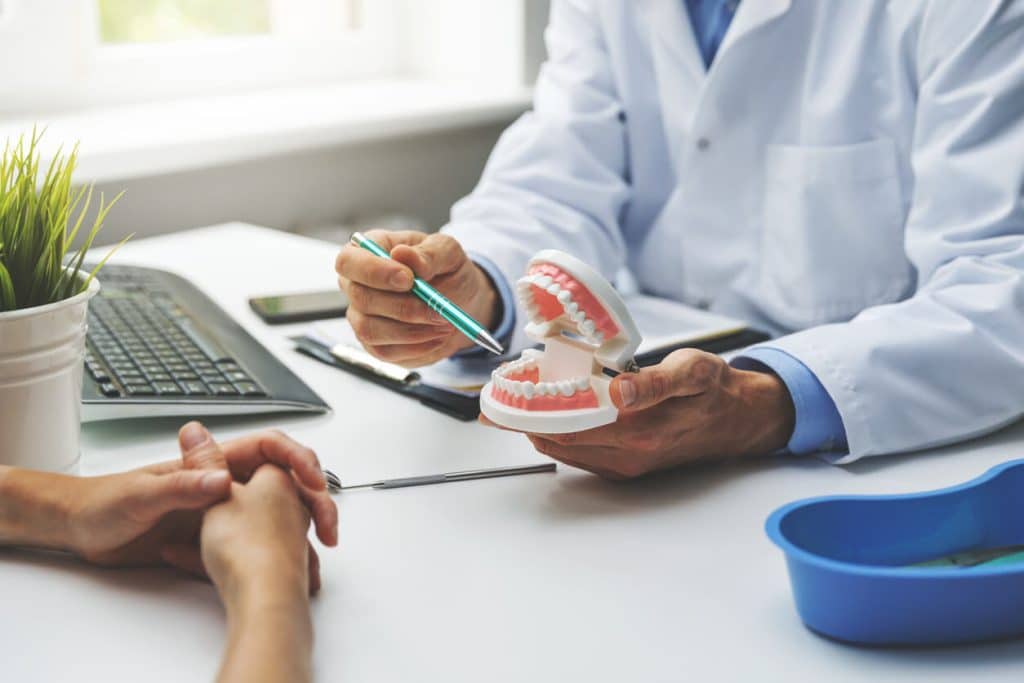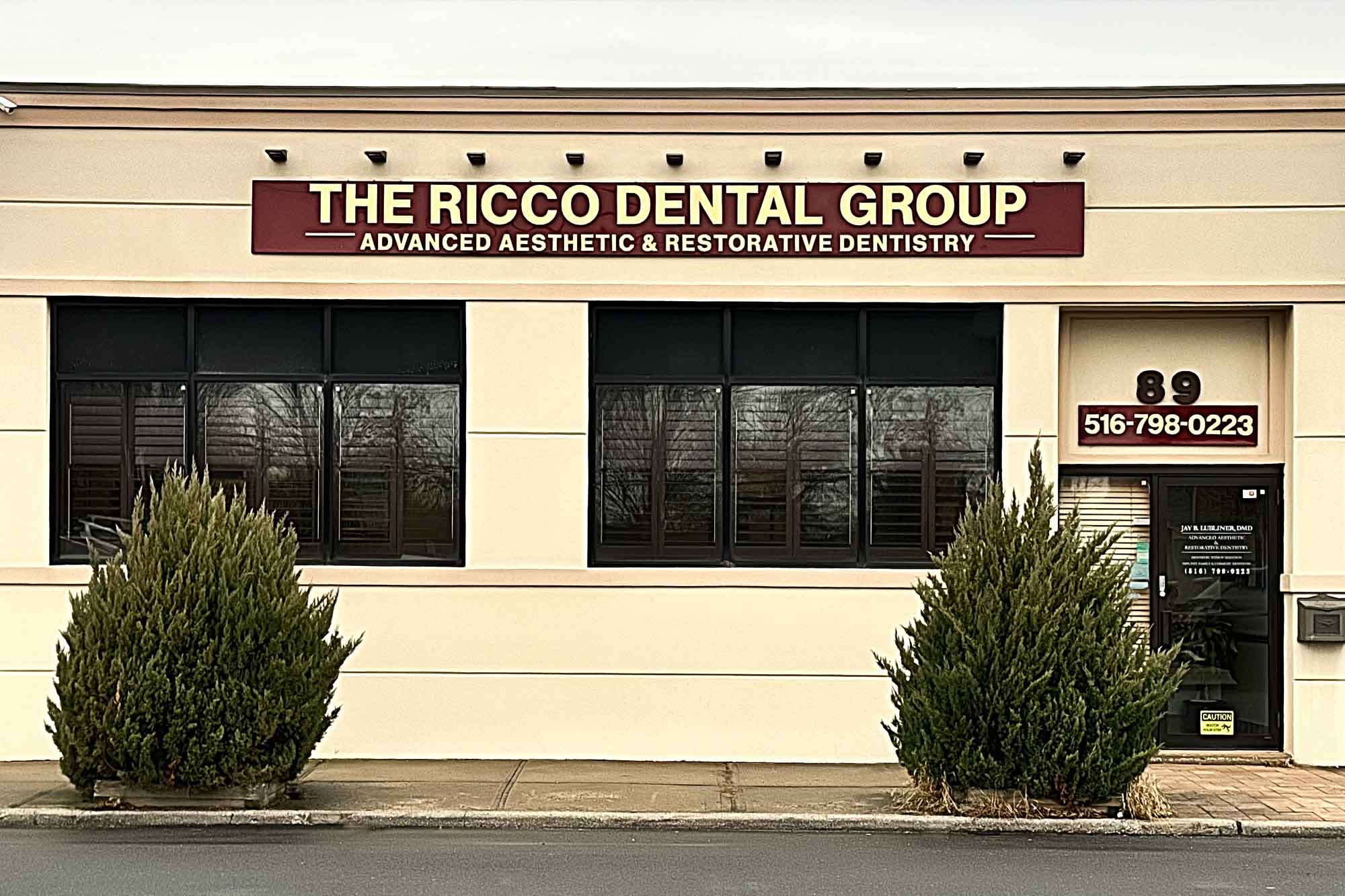What You Should Know About Dental Implants

There is no better option for replacing missing teeth than dental implants. Unlike bridges and dentures, dental implants replace not only the visible portion of the tooth, but the root as well. With the root replaced, bone loss in the jaw can be prevented and even reversed, which results in a stronger bite and protects against facial collapse.
The phrase “dental implants” is often used as a catch-all term, but technically speaking, a dental implant is the titanium post that is implanted into the jawbone. An abutment is attached to the implant, and then a restoration—a crown, bridge, or denture—is secured to the abutment.
Many patients know the benefits of dental implants, but aren’t quite sure what the process entails. Each patient’s experience is a little bit different, but here’s what you can expect if you’re getting a single-tooth dental implant.
Consultation
Like any other dental procedure, the first step is coming in for a consultation. During this appointment, we will discuss your treatment goals and determine whether you are a good candidate for dental implant surgery, We will conduct an oral exam, review your medical and dental history, and take imaging so we can create a 3D view of your jaw and teeth. Having this helps us determine where to place your implants, whether you have sufficient bone density to support implants, and also assists the dental lab in designing your crown.
If bone loss has already occurred in the jaw, you may be a candidate for mini dental implants, which need less support. Otherwise, bone grafting may be required to rebuild your jaw prior to implant surgery.
Implant Placement
If bone grafts aren’t needed, dental implant placement is the next step in the process. During this surgical procedure, a small incision is made in the gum tissue and then the implants are placed into the jawbone. The gum is stitched closed. Depending on the extent of your procedure and your anxiety level, we may use only local anesthesia or a combination of local anesthesia and sedation.
Osseointegration
One of the most important steps in the dental implant process doesn’t even occur in our office. Osseointegration is the term used to describe when your dental implants and jawbone fuse together. It creates a secure base for your replacement teeth, which is why it’s such an important step. This can take up to several months to complete, If implants are restored before osseointegration has occurred, they are more likely to fail.
Abutment and Crown Attachment
The abutments are titanium, zirconia (a white material) or gold pieces that are attached to your dental implants above the gumline. They are the anchors that your restoration will be attached to. Once we have placed the abutment into the implant, the final restoration is ready to be placed.
A dental technician fabricates both your abutment and crown, matching the color, shape, and size of your natural teeth to ensure that the restoration looks and functions just like a real tooth. Both the abutment and crown are typically placed at the same visit, minimizing the number of trips to our office. Maintenance is as simple as brushing and flossing, just like with the rest of your teeth. Also, regularly scheduled dental hygiene visits wil allow us to check and clean your implants.
Learn More About Dental Implants
If you would like more information about dental implants, contact us today at 516-798-0223 to schedule an appointment with Dr. Lubliner.




